1. Singapore’s chewing-gum ban
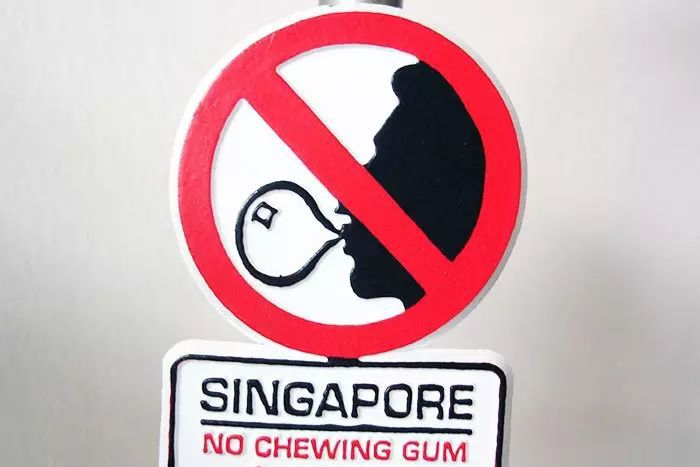
In Singapore, the sale and import of chewing gum (with only very narrow exceptions) have been prohibited since 1992. While it may sound extreme, the ban emerged from real-world problems: gum stuck on lift buttons, mailbox locks, train door sensors and pavement caused high maintenance costs and safety risks. The rule reflects a commitment to public cleanliness and efficient urban infrastructure, not mere whimsy. Over time, Singapore’s urban planners concluded that the cost of cleaning, repairing and preventing damage from errant gum outweighed the convenience of over-the-counter chewing gum, so the regulation remains firmly in place.
2. Venice’s no-pigeon‐feeding regulation

In the historic centre of Venice, feeding pigeons has been formally banned under municipal rules, with fines ranging from moderate to steep. Bird droppings are damaging marble façades, statues and heritage buildings and pose cleaning and preservation costs for a centuries-old city. The logic is simple: the pigeons thrive when people feed them, their droppings accumulate in historic squares, the cleaning demands rise, and the aesthetic damage to priceless architecture grows. So what seems like a strange rule is in fact rooted in protecting heritage and managing tourism-related wear and tear.
3. Greece’s high-heels-at-ancient-sites restriction

At major archaeological sites in Greece, such as the Acropolis of Athens, wearing high-heeled shoes is forbidden under law. The reason: high heels concentrate pressure on fragile stone surfaces, leading to accelerated wear or even damage over time. Greece flagged this rule back in 2009, acknowledging that the 2,500-plus year-old monuments bear a thin ‘skin’ of stone that can’t endure repeated pointed shoe-pressure. So what appears like a fashion-policing measure is actually heritage-protection in action: visitors are required to wear shoes that won’t ‘wound’ ancient monuments.
4. Switzerland’s quiet-hours flushing code

In multi-unit housing and quiet zones in Switzerland, flushing a toilet late at night may not always be specifically illegal, but is considered noise pollution and subject to local regulations or fines. In tightly built apartment buildings, communal living means that something as basic as a flush after 10 pm can disturb neighbours. The rule might sound peculiar if viewed out of context, but it reflects the high value placed on nighttime quiet, neighbourly respect and living-space harmony in Swiss communities where walls may be thin and hours of rest are protected socially if not always by national law.
5. Thailand’s currency-stepping prohibition

In Thailand, stepping on a banknote or coin can be treated as an offence because the currency bears the image of the King, and it’s deemed disrespectful. The regulation may sound foreign to many visitors, but when you consider the monarchy’s cultural and symbolic significance the logic becomes clearer: currency is a national symbol, and showing disrespect to it is treated seriously under the law. This rule therefore supports a broader framework of reverence for national symbols and helps govern public behaviour in ways aligned with local cultural norms.
6. Caribbean camouflage-clothing bans
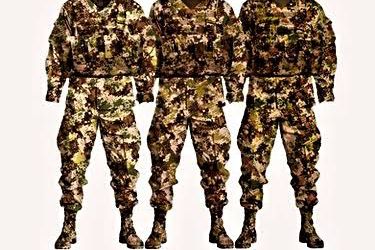
In some Caribbean nations, including Barbados and others, it is illegal for civilians (tourists included) to wear military-style camouflage clothing. Although it may seem odd, the restriction helps keep a clear visual distinction between civilians and armed forces, a key public-order measure in regions where militias, security forces, or uniform confusion might pose a risk. By reserving camouflage for authorised personnel, the rule aids in maintaining clarity and preventing misidentification or misuse of military appearances, which is a subtle but meaningful way of managing safety and public perception.
7. Russia’s dirty-car visibility rule
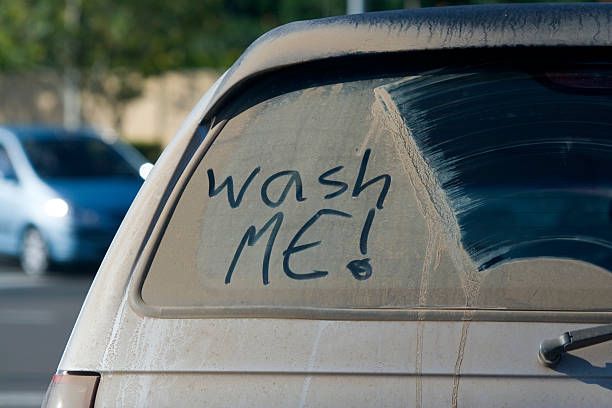
In Russia, cars whose licence plates or surfaces are heavily covered with dirt may be fined or face issues, sometimes called the “dirty number-plate law”. At first glance that seems trivial, but the underlying logic is about visibility and identification of vehicles. Especially in climates with snow, slush and grime, obscured number plates hamper law-enforcement and traffic-monitoring. So though the rule looks like hair-splitting, it supports broader road-safety and regulatory compliance frameworks under challenging weather-conditions.
8. UAE public-display rules during Ramadan

In the United Arab Emirates, particularly during Ramadan and in conservative areas, public displays of affection, eating or drinking in daylight hours, or even swearing in public/online can lead to fines or penalties. It might appear strict from an outsider’s perspective, but when seen in the cultural-religious context it supports communal norms of respect, modesty and public order in a multifaith tourist-heavy society. The rule helps the society manage both resident expectations and visitor behaviours to avoid clashes over local cultural values.
9. Germany’s Autobahn “running-out-of-fuel” rule

On certain stretches of Germany’s Autobahn , especially where speed limits are minimal , it is prohibited to stop unnecessarily, walk on the motorway, or run out of fuel without proper cause. This may sound like an unusual rule focused on an odd scenario, but its logic is clear: high-speed traffic plus stopped vehicles or pedestrians equals danger. The regulation helps keep the system safe and ensures that drivers take responsibility for planning fuel stops rather than become hazards at 120+ km/h speeds.
10. Florida’s flatulence-after-6pm-Thursday myth
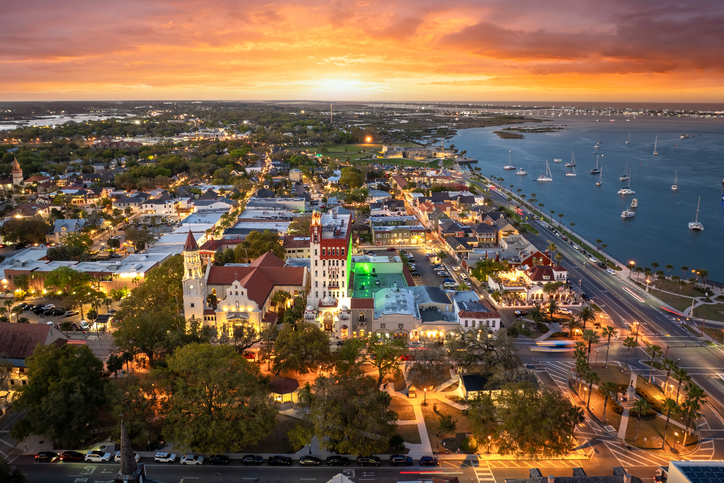
In Florida, there is a long-circulated local ordinance claiming it is illegal to pass wind in public after 6 p.m. on Thursdays. While the rule may be more folkloric than strictly enforced, its existence highlights how historical local laws sometimes persist with very specific wording, reflecting social mores and local codes of decency from bygone eras. The rule isn’t about law-and-order per se, but rather a snapshot of how communities once sought to regulate public behaviour to unusual degrees, and how those regulations linger in statute books even when not actively policed.
11. Japan’s waist-measurement check for certain ages

In Japan, although it is a myth that being overweight is illegal, there is a national health requirement that individuals aged 45-74 in annual check-ups have their waist measured, and authorities provide guidance if waist size exceeds a threshold. The rule, though routinely misinterpreted, reflects a proactive public-health policy rather than a punitive one, but it shows how regulation can involve personal physical metrics in surprising ways. It highlights how societies may use rules not just for punishment but for preventive wellbeing measures.
12. Spain’s sand-castle prohibition in some beaches

In parts of Spain (and similar coastal destinations) rules forbid building sand-castles on specific public beaches because shifting sand can interfere with erosion-control, access, and landscape-management. It may sound whimsical, but the logic is environmental protection: beaches are fragile ecosystems, heavy sand-shifting by playful construction can destabilise paths, dune systems or heritage coastal features. The rule thus supports conservation, access-safety and the long-term sustainability of popular tourist beaches.
13. Italy – no eating/drinking on certain streets in historic zones
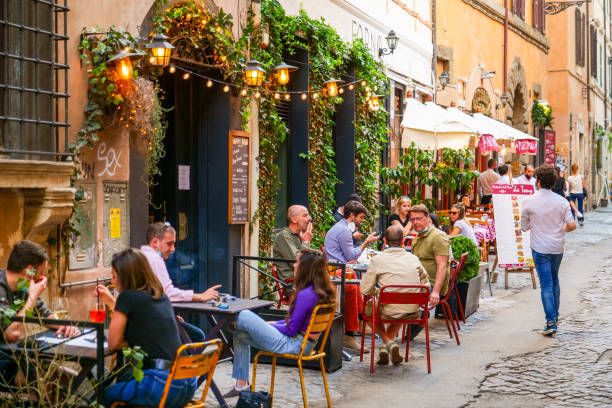
In cities such as Florence, a municipal ordinance bans consuming food or drink on four popular streets (Via de’Neri, Piazzale degli Uffizi, Piazza del Grano and Via della Ninna) during key hours (12-3 pm and 6-10 pm). Not doing so results in fines from €150 up to €500. The rule, while it may feel overly precise, serves a dual purpose: preserving the cleanliness and living-quality of one of the world’s most-visited heritage centres, and managing the flow of tourists so they don’t swamp public thresholds and walkways. In short, what seems like a micro-regulation is part of a broader effort to keep a historic city welcoming and livable.


